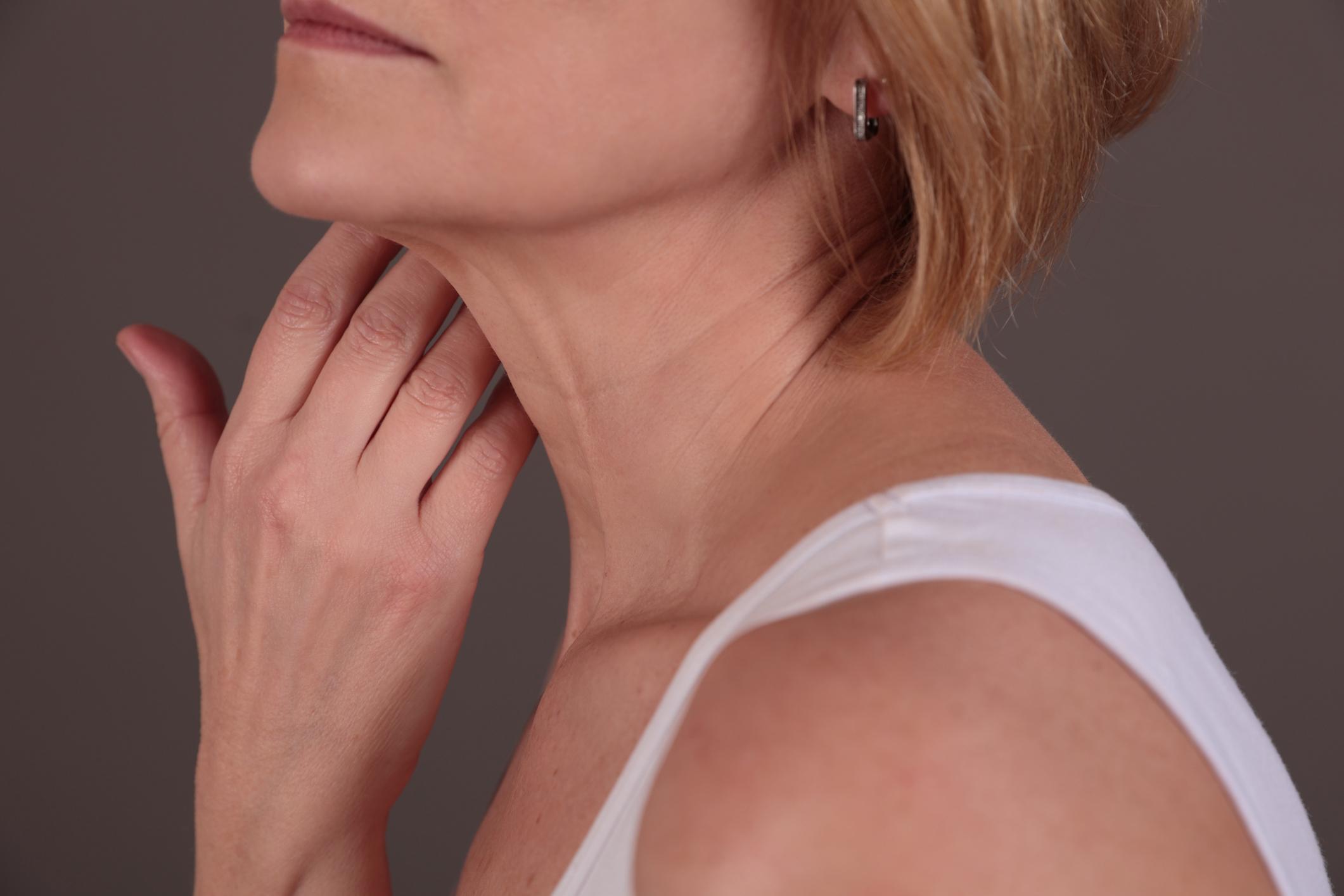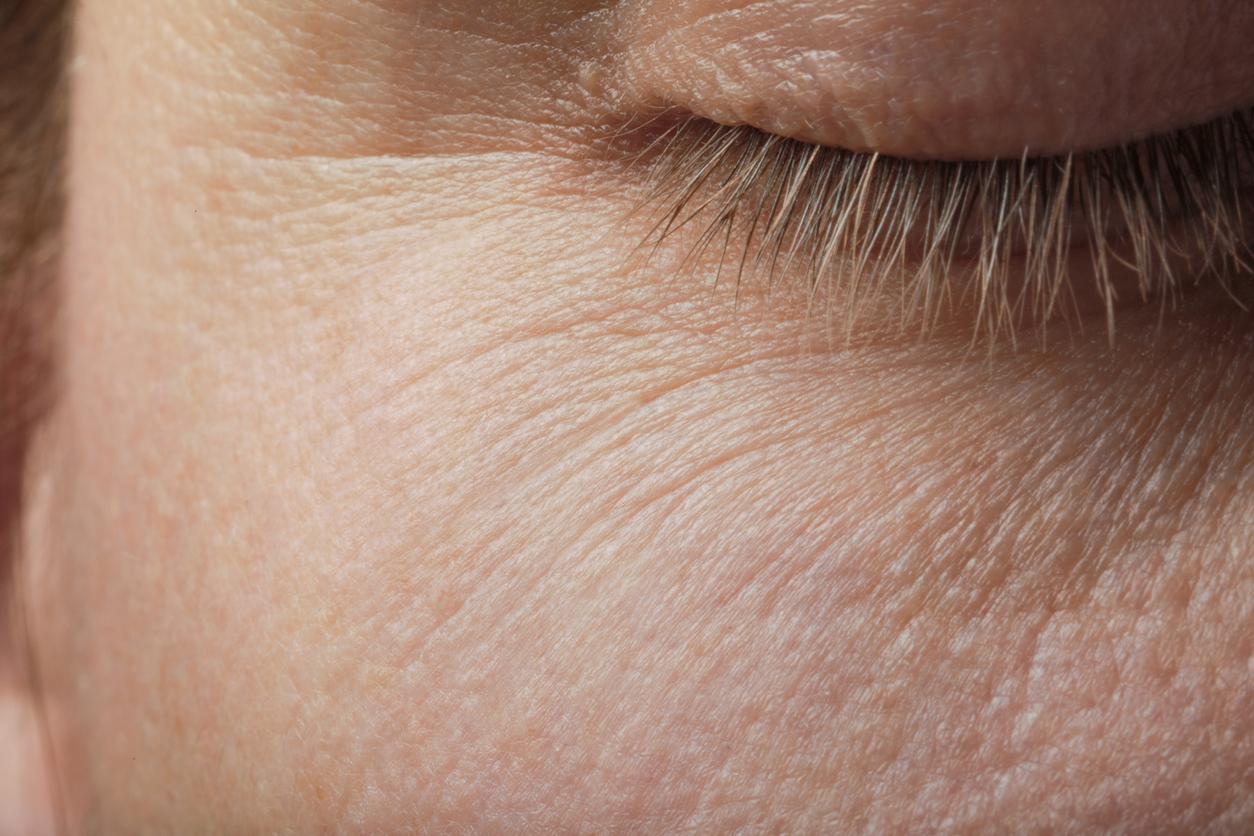In short pants, we all chewed on liquorice sticks bought from the local baker. Without knowing it, we were right because the benefits of licorice are multiple: it strengthens the body, increases the capacity for effort, fights stress and is effective against chronic fatigue.
Consumed since antiquity for its medicinal virtues and its particular taste, liquorice boosts immune defenses by promoting antiviral, antibiotic and anti-inflammatory action throughout the body. Expectorant and softening, licorice, and particularly its roots, effectively fight digestion problems, inflammation of the respiratory system and skin diseases.
She also plays a role ofapoptosis cancer cells, because it has in its composition a molecule, BHP, which has the property of deactivating a protein necessary for cancer cells (in the case of breast or prostate cancer).
By the way, should we say licorice or licorice? The word licorice designates both the plant (and its edible root) and also the juice that is extracted from it and the confectionery that is made with it. In fact, the word licorice has two kinds: if we speak of the plant, of the shrub, then it is a feminine name, but if we speak of a licorice confectionery, the masculine is more frequent than women.
The properties of licorice
We may be surprised, but liquorice belongs to the fabaceae family like the major legumes such as soybeans, beans, peas, chickpeas, peanuts, lentils, beans and carob.
It is found on rich, moist soils, and in hot climates. A leguminous plant that develops into a bush, licorice grows spontaneously in Southeast Asia and around the Mediterranean basin. In herbal medicine, the parts of licorice that are used are underground roots and stems.
The benefits of licorice obviously come from its many active subtances : flavonoids, coumarins, sugars, saponosides, glycyrrhizic acid, steroid hormones, atropine… However, we note that the root of licorice has more than four hundred chemical constituents.
Other benefits of licorice
The virtues of licorice for health are varied:
- By its anti-inflammatory action, licorice relieves inflammations of the digestive system (gastritis, canker sores, ulcers of the stomach and duodenum).
- She is effective against joint and eye inflammation.
- Expectorant, licorice can be used to treat coughs. Its root taken in herbal tea limits the development of viruses as well as hoarseness.
- She helps treat pathologies due to insufficient hormonal secretions from the adrenal glands, such as Addison’s disease.
- Thanks to his laxative action, it is a good remedy for constipation.
- Licorice protects the liver thanks to two antiviral substances it contains. These block the multiplication of hepatitis A viruses.
- Ally of choice for women, it is excellent for relieve premenstrual syndrome.
- Consuming 0.1 g of licorice per day helps to lower cholesterol levels and blood lipids.
How to use it ?
Licorice presents itself in various forms and preparations : decoctions, tinctures, juice sticks, powders, fluid extracts.
- In herbal tea: we take three cups of an infusion prepared with 2 to 4 g of dried roots in 150 ml of boiling water. It is recommended not to exceed 12 g per day.
- In the form of a decoction: concentrated decoction compresses can be used to treat skin diseases.
- In mother tincture: liquorice can be absorbed at the rate of about fifteen drops in a glass of water, twice a day.
- In the form of an ointment: made from licorice, it helps treat psoriasis, eczema, dermatitis and herpes.
- In the kitchen : Licorice is an ingredient that goes well with both sweet and savory preparations (creams, fruit salads, ice creams and compotes, vegetable broths, meats such as chicken or pork and is part of the composition of certain spice mixes).
Contraindications and precaution for use
Licorice is not recommended for pregnant women as well as people with high blood pressure, kidney failure and hypertension. It is recommended not to consume it in excess, beyond 5 weeks, as it could cause symptoms such as headaches, lethargy, hypertension, fluid retention and excess sodium. .
Concerning the interactions with other plants, we can associate licorice with red vine to promote better circulation, with lemon balm or mint to facilitate digestion or with sweet clover to fight against the symptoms of menopause.
However, it should be noted that liquorice increases the effects of certain medications such as digitalis, corticosteroids or certain diuretics. Among other things, it is not recommended to take it in large doses if you are taking oral contraceptives because of its composition in phytohormones.
Banana and liquorice cake recipe
Ingredients for 6-8 people:
- 3 ripe bananas
- 2 eggs
- 15 g of liquorice powder
- 220 g flour
- 120 g butter
- 120 g brown sugar
- 1 teaspoon of baking powder
- 1 teaspoon of baking soda
- 2 cl of milk
- Salt
Preperation :
- We melt the butter. In a bowl, whisk the eggs with the sugar and mash the bananas with a fork.
- Add the liquorice powder, baking powder, baking soda, a good pinch of salt, as well as the flour.
- Then mix and incorporate the butter. Whisk to obtain a perfect mixture, then add the milk.
- The preparation is placed in a cake mold, previously buttered and floured; it is placed in the oven at 180 ° C for about 40 minutes.
- Finally, let cool and enjoy.
Do you know of any other health benefits of licorice or other licorice recipes? Tell us in the comments.


















